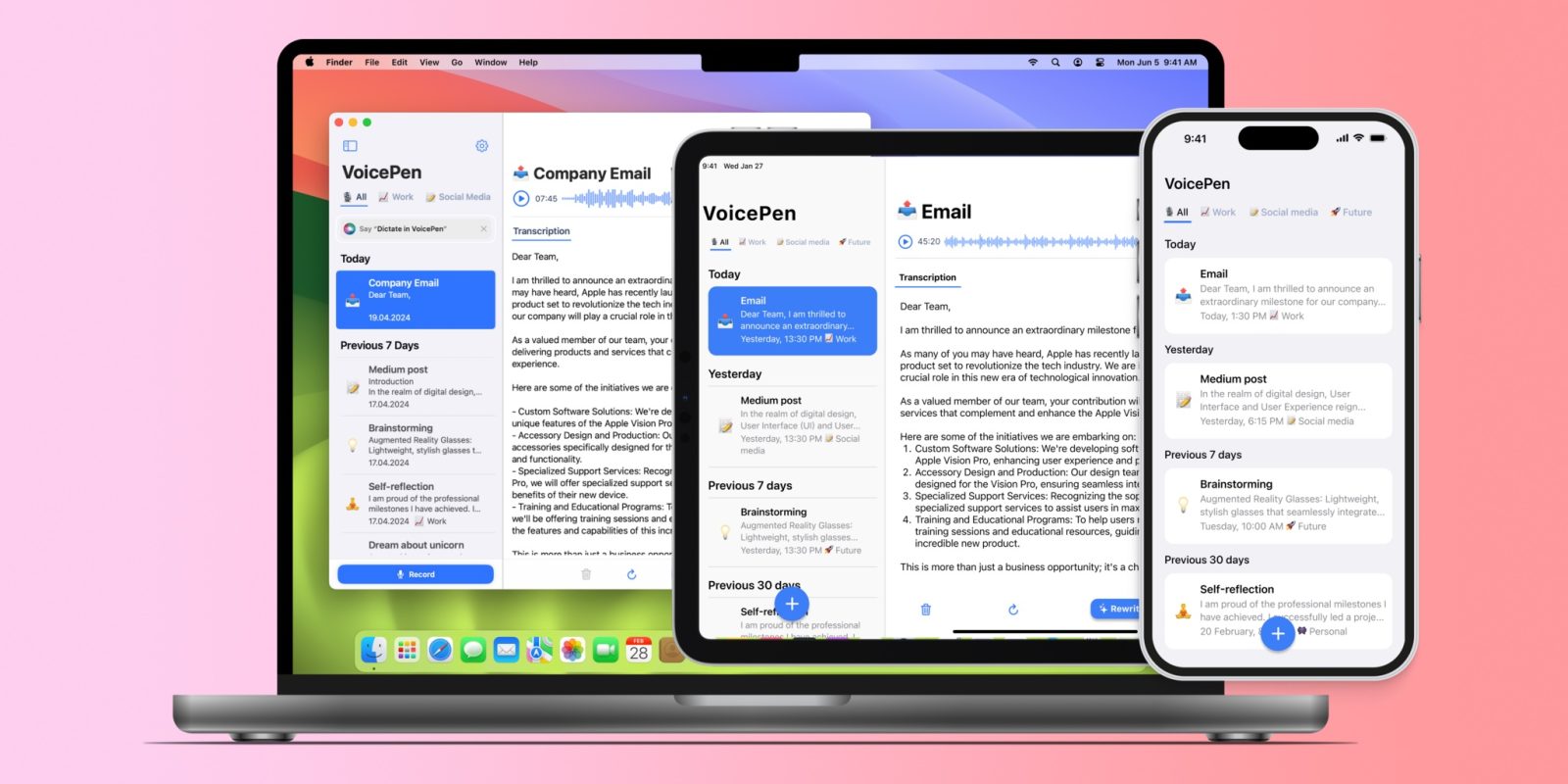The iPod Revolution: How Apple’s Iconic Device Transformed Music and Paved the Way for the iPhone
In the late 1990s, Apple was primarily recognized for its line of personal computers. However, on November 10, 2001, the company ventured into uncharted territory with the release of the iPod, a portable digital music player that would redefine the music industry and set the stage for future innovations.
The Birth of the iPod
The original iPod was a compact device capable of storing up to 1,000 songs, a remarkable feat at the time. Its sleek design and user-friendly interface, featuring the innovative Click Wheel, allowed users to navigate their music libraries with unprecedented ease. Apple’s CEO, Steve Jobs, introduced the iPod by stating, With iPod, Apple has invented a whole new category of digital music player that lets you put your entire music collection in your pocket and listen to it wherever you go.
The development of the iPod was a rapid process, taking approximately ten months from conception to launch. A pivotal moment in its creation occurred when Apple’s Jon Rubinstein discovered a small hard drive developed by Toshiba. Recognizing its potential, Rubinstein secured the entire inventory, providing the essential component that enabled the iPod’s substantial storage capacity.
Market Expansion and Dominance
Initially, the iPod was compatible only with Mac computers, limiting its reach. However, in July 2002, Apple expanded its compatibility to Windows users, significantly broadening its market. This strategic move, coupled with the launch of the iTunes Store in 2003, allowed users to purchase and download music legally, further enhancing the iPod’s appeal.
By 2006, Apple had sold nearly 40 million iPods annually, solidifying its dominance in the portable music player market. The device’s success was not just in sales figures; it also revolutionized how people consumed music, shifting from physical media to digital formats.
Innovations and Variations
Over the years, Apple introduced several iterations of the iPod, each bringing new features and improvements:
– iPod Mini (2004): A smaller, more affordable version that appealed to a broader audience.
– iPod Photo (2004): Introduced a color screen capable of displaying photos, allowing users to carry their photo libraries alongside their music.
– iPod Nano (2005): Replaced the iPod Mini with a slimmer design and flash memory, enhancing durability.
– iPod Video (2005): Featured video playback capabilities, enabling users to watch movies and TV shows on the go.
– iPod Touch (2007): Incorporated a touch screen and Wi-Fi connectivity, resembling the iPhone but without cellular capabilities.
These innovations kept the iPod relevant and competitive in a rapidly evolving tech landscape.
Impact on the Music Industry
The iPod, in conjunction with the iTunes Store, transformed the music industry by providing a legal and convenient platform for purchasing digital music. This model challenged traditional distribution methods and addressed issues of piracy by offering an affordable and user-friendly alternative.
Moreover, the iPod’s popularity led to the creation of an extensive ecosystem of accessories, from docking stations to specialized headphones, further embedding it into popular culture.
The Rise of the iPhone and the Decline of the iPod
In 2007, Apple introduced the iPhone, a device that combined a phone, an internet communicator, and an iPod into one. Steve Jobs described it as a widescreen iPod with touch controls. The iPhone’s multifunctionality and advanced features quickly overshadowed the iPod, leading to a decline in its sales.
Apple acknowledged this shift, with CFO Peter Oppenheimer stating, We expect our traditional MP3 players to decline over time as we cannibalize ourselves with the iPod touch and the iPhone. By 2022, Apple officially discontinued the iPod line, marking the end of an era.
Legacy of the iPod
The iPod’s impact extends beyond its technological innovations. It played a crucial role in Apple’s resurgence, transforming the company from a niche computer manufacturer into a dominant force in consumer electronics. The lessons learned in supply chain management, product design, and user experience during the iPod era laid the groundwork for future successes, including the iPhone and iPad.
Furthermore, the iPod’s influence on the music industry is undeniable. It popularized digital music consumption, leading to the decline of physical media and the rise of streaming services. The term podcast itself is derived from the iPod, highlighting its role in the evolution of media consumption.
Conclusion
The iPod was more than just a music player; it was a cultural phenomenon that reshaped the way we interact with music and technology. Its legacy is evident in the devices we use today and the digital landscape it helped create. While the iPod may no longer be in production, its impact continues to resonate, reminding us of a time when 1,000 songs in our pocket seemed like a revolution.


